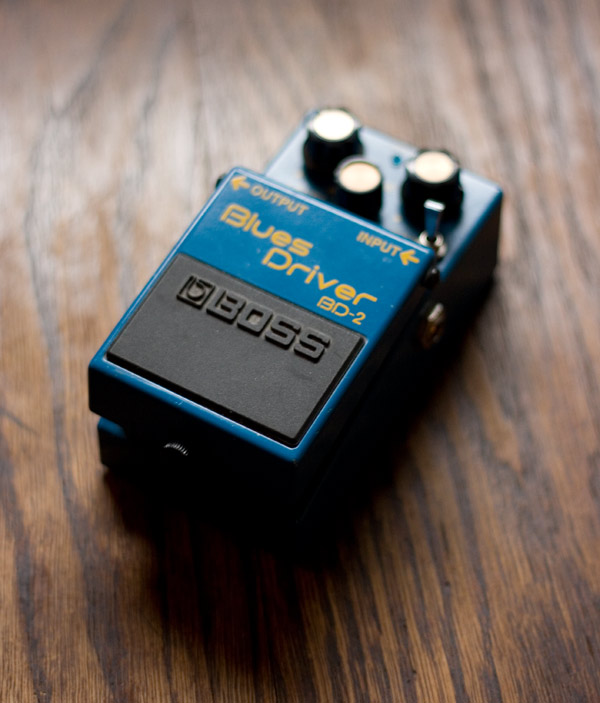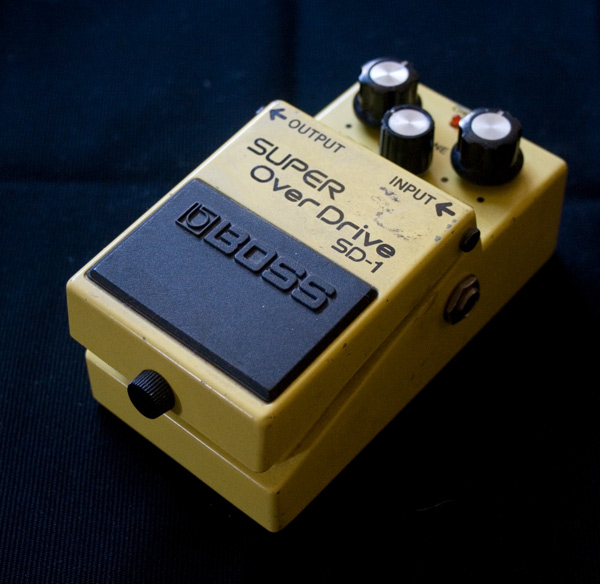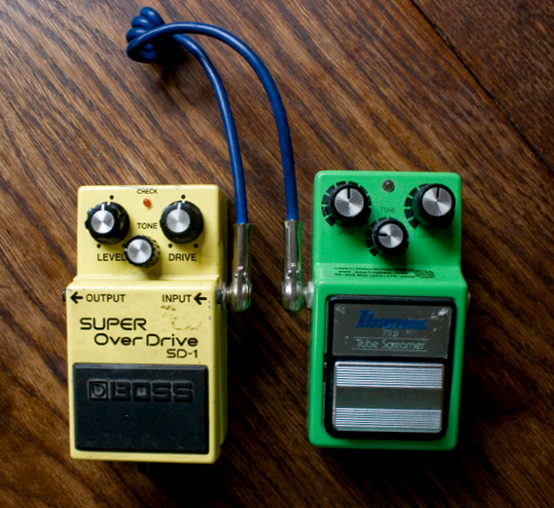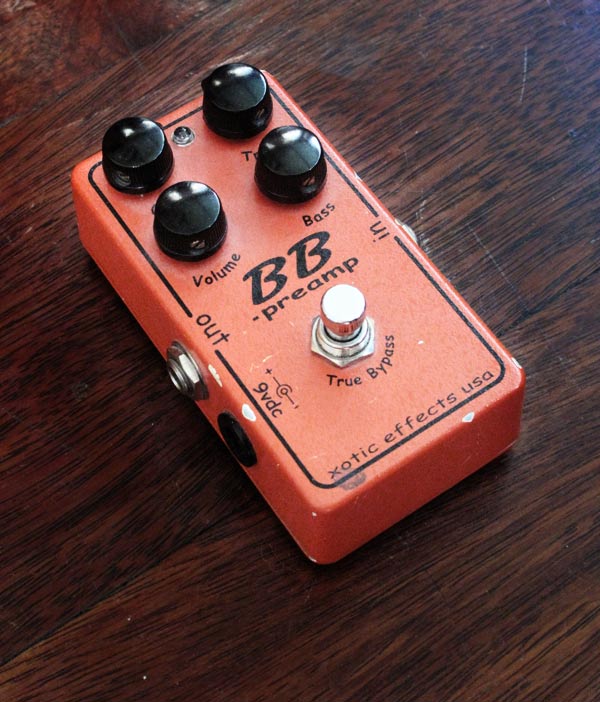After the super boutique BB preamp and the more mundane Boss SD-1, the next Tube Screamer alternative to be featured on Guitar Tone Overload is somewhere in the middle. Born in the Boss factories and modified in the workshop of mister Keeley, the Boss BD-2 “Blues Driver” overdrive is not a Tube Screamer copy but a different machine as you will gather from the demo videos below.
I will begin straight away with the videos and will give my thoughts afterward.
Here is how it sounds using single coil pickups, followed by a quick comparison with a Tube Screamer (here an Analogman modded TS9). I have decided that instead of changing the gain on the pedal, I would leave it on three o’clock and change the amount of dirt using the volume knob of the guitar and varying picking dynamics, blues style. This is a testimony to the quality of the pedal as this is not something that every overdrive pedal will do well:
And now here is how it sounds with humbuckers:
My Thoughts about the Keeley BD-2
Robert Keeley took a good overdrive pedal to start with and fine tuned it. When a friend lent me his stock BD-2, it gave me the opportunity to compare it to my Keeley modded one and, of course there are differences but both share the same basic tone. If you cannot afford a Keeley model, chances are that what applies to it will stay more or less true with the stock model.
Here is what the modification brings: a lot more output volume, an “edgier” tone and I would say a bit more gain while being very silent. The relative absence of noise is a quality that most “Boutique” pedals have when compared to mass produced models. There is also a little switch that will make the sound a bit fatter when on and let’s not forget the super bright blue lead!
How does it fare as a Tube Screamer alternative?
The Keeley BD-2 will appeal to people who are looking for a grainier, edgier overdrive pedal. It is not as smooth as a Tube Screamer but in a good way as you have probably noticed from the videos. I even find that with Humbuckers and a little delay, there are some similarities to Robben Ford’s tone. I am not saying it is the same but it is reminiscent of it (in order to get the same tone, you would need his fingers of course).
And there is also a big difference in terms of available gain compared to a Tube Screamer (here an Analogman modded TS9). With the gain on 2 o’clock, the BD-2 matches the gain of the Tube Screamer on max. With the gain on 3 o’clock or more, the Keeley BD-2 comes close to a distortion pedal. This is especially true with Humbuckers (see above the video that I recorded with the Gibson SG).
Also, like any good overdrive pedal, it is very efficient used before an already distorted amp or another distortion pedal in order to give it a kick.
All in all, a worthy alternative to the Tube Screamer if you are looking for a gainier overdrive tone while retaining a blues/rock feel.




